Julian Oliver - Critical Engineer (20px font)
by: Theo Papatheodorou
Introduction (18px font)
(14px font) Artist and critical engineer, Julian Oliver, has been making art since 1996 with particular contributions to network art, software art, creative hacking, data forensics, information visualization and the free software movement.
Born in rural New Zealand, he developed an early interest in electronics. Upon installing his first Debian GNU/Linux OS in 2000 he was impressed by how easily he could modify it. From that point onwards he developed an interest not just in software, but software systems. Realizing that GNU/Linux was also the backbone of the internet he focused his efforts on networking and came to the realization that the network would be the material he would use to create art.
He belongs to the wave of contemporary artists working on and with network systems and the internet, often expanding from the digital to objects in physical space. The revelations of Wikileaks and Snowden have galvanized this movement of technically and politically savvy artists and have provided a great source of inspiration.
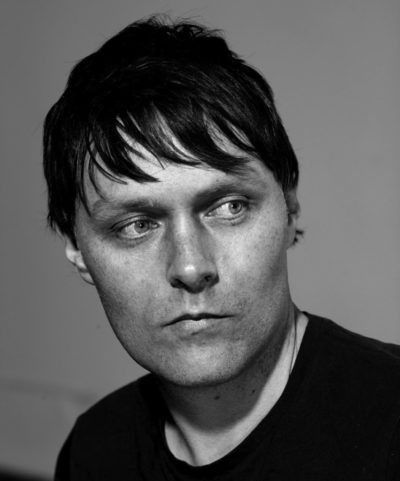

His work
A technically accomplished artist he takes on the technology and the automated environment that surrounds us and subverts it. By studying, exposing and sabotaging these systems he questions the fundamental fabric of the networked society. His goal is two-fold: “to make people aware of the hidden technical infrastructures of everyday life but to also provide people with tools to interrogate these constructed and governed public spaces.” [4]
To that effect, he develops minimalistic, custom software for his art and as he says his “blank canvas is the black screen of a terminal on a GNU/Linux OS”. Because he works with software and not proprietary software products his work is unique unique, both aesthetically and conceptually, as it avoids the pitfalls of the Photoshop Effect [1] cited by Golan Levin as having detrimental effects on artistic creativity.
Other works of his expose the dangers of sharing private information in a public wifi network. In the street intervention, Men in Grey, a group of men in grey suits walked around public wifi hotspots carrying briefcases which stole data transmitted over the network and played it back in real time, demonstrating to users the ease by which their privacy can be invaded. He urges network users to examine the infrastructure of the telecommunication system they use and to reconsider their choices. He feels that the many layers of abstraction of the modern telecommunications system leaves one “disempowered and vulnerable” [3].
In his recent piece Transparency Grenade he provides a solution to the lack of corporate and governmental transparency by constructing an object which bypasses the slow process of policy reform. A life-size grenade is equipped with a small computer, microphone and a wireless antenna which streams anonymously to an external server all network packets and audio in the room it has been detonated in.
In an age of surveillance, security and corporate control of the media he focuses on electronic rights, privacy and freedom of speech. Amazed by the reliance of people on private corporations for their news feed he conceived of Newstweek, one of his strongest pieces and Ars Electronica winner in 2011. Newstweek consists of many small wall plugs which double as wireless hotspots that blend seamlessly into the local infrastructure and manipulate news read by people accessing them. Distributed across many popular public locations around Europe, it allows writers to remotely control the information passing through the hotspots thus dynamically skewing the reality of network users. By demonstrating the ease by which this is performed he exposes the frailties of a system the robustness and reliability of which users take for granted. Moreover, he highlights the vulnerability of news data packets as they pass through many networks and computers until they reach their final destination, the “news consumer”.
Code is at the heart of his projects, but it is almost always embodied in a physical object. These objects are of high engineering specification and are manufactured with great attention to detail. It is through this combination of functionality, achieved through code, and the physical presence through a finely designed object that he manages to overcome the obstacles and pitfalls of digital works exhibited in a traditional gallery.
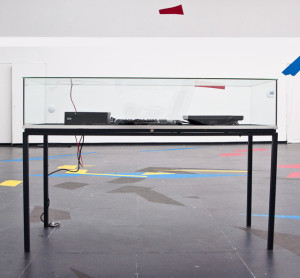

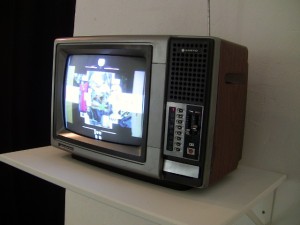

Critical Engineering Manifesto
Recognizing the pivotal role an engineer has in today’s society he published in 2011, along with Gordan Savičić and Danja Vasiliev, the Critical Engineering Manifesto that outlines the ethos and code of conduct for the Critical Engineer. In it he highlights the role of the responsibility of the engineer to deconstruct systems and to study their influence and modus operandi. Most importantly, the critical engineer, considers “exploit to be the most desirable form of exposure”. While not mentioning the hacker/hacktivist movement by name they derive a lot of their principles of openness, scrutiny and collaboration from the Free Software Movement and consider hacking a critical practice they draw a lot from.
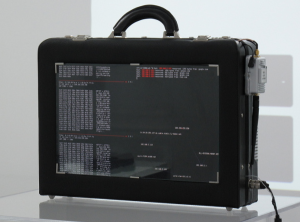

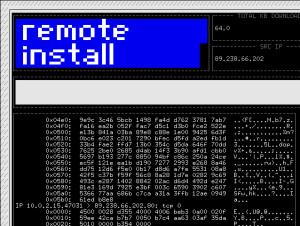

References
[1] Golan Levin – Beyond Photoshop with Code
[2] Julian Oliver website
[3] Rhizome interview
[4] Network as material










































































